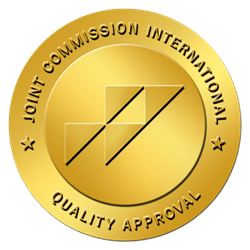Naltrexone is a fairly new addition to the medical portfolio of medication-assisted treatment compared to Methadone. Methadone was frequently used to detoxify heroin addicts in the 1960s. It rapidly became a substitute addiction for heroin. Typically, methadone was dispensed in methadone clinics with very little, if any, co-delivered recovery-sensitive cognitive behavioral therapy (CBT) and/or self-help group involvement.
The results of the methodone medication assisted treatment (MAT) for heroin dependence experiment was both incredibly pioneering, abundant and instructive.
We learned that:
- people would use both methadone and heroin together
- people would become dependent on methadone
- people became dependent on both heroin and methadone
- methadone stayed in the body longer than heroin
- methadone withdrawal was more tortuous than heroin withdrawal
- methadone was harder to get off of than heroin
- people sold their take-home doses of methadone
- the inconvenience of methadone maintenance often triggered relapse back to heroin, often using more heroin/day than before taking methadone as a MAT
- more heroin and methadone addicted people lost faith in the collective opiate treatment community’s ability to help heroin and the newly spawned methadone addicts
- detoxification or methadone maintenance without a substantial amount CBT jeopardized the odds of securing sustained quality recovery
- more opiate self-help groups were needed in afflicted areas
- Existing CBT/MAT facilities that had been primarily servicing alcohol dependence needed to expand their staff and services to include opiate addiction
- Existing CBT/MAT clinical research facilities needed to develop non-addictive MATs
- the high blood pressure medicine clonidine could be used to detoxify both heroin and methadone addicts once the methadone dose was lowered to a certain daily mg dose
- clonidine also helped treat preexisting and residual anxiety associated with opiate dependence
- clonidine worked best as a MAT when accompanied by copious amounts of CBT
- clonidine is a useful MAT for both alcohol and nicotine dependence
- clonidine’s calming effect paradoxically increased the use of stimulants in some recovering opiate abusers (i.e. clonidine decreases the number of cigarettes smoked or ushers in smoking cessation with a marked increase in coffee, caffeine pill or other stimulant consumption)
- too much clonidine is not better as it has earned itself the name “clobber-dine” at high doses; it’s a horrible feeling
- the opioid antagonist naltrexone is a useful MAT (Naltrexone blocks the effect of heroin and methadone in a fully detoxified person by attaching to opioid receptors without activating them)
- naltrexone is a useful MAT for heroin, methadone, other opioid, and alcohol dependence, after individuals are fully detoxified, and when accompanied by comprehensive CBT
Dr. Mark S Gold’s clonidine discovery and Dr. MS Gold’s and Dr. Annitto’s naltrexone discovery brought a whole new level of sophistication and integrity to the previously only heroin MAT and failure, methadone.
We remain abundantly grateful for the enormous lessons that The Methadone MAT Experiment taught us.
We’ve just gave several reasons why clonidine was a great opiate MAT start and only mentioned naltrexone. Let’s now focus on why we choose naltrexone over methadone.
Naltrexone
Naltrexone was regularly used as a heroin, methadone or other opiate dependence MAT circa 1984.
Naltrexone was used under the following circumstances:
- within the context of a residential or intensive outpatient treatment program that provides comprehensive and orthodox opioid recovery-sensitive CBT (cognitive behavioral therapy)
- patient must be fully detoxified and otherwise off of all opiates
How It Works
Naltrexone is not an opiate, and like clonidine, it is not mood altering. Instead, they are mood stabilizing.
Typically, naltrexone is prescribed for day passes and at discharge from residential treatment.
Naltrexone blocks opiate receptors in the brain’s pleasure center and thereby programs the executive function of the brain to think like this:
- It’s great to be leaving the cocoon safety of residential treatment with my opiate receptors blocked
- That way, when I get the urge or craving to use again, I will stop and reason like this
- Opiates need to dock in my receptors in order for me to get high
- My opiate receptors are blocked by naltrexone, so that
- If I relapse on an opiate, I won’t get high, or I won’t get as high as I was accustomed to
- I’ll have a positive urine opiate screen and there will be consequences
- The relapse will be a waste of time and money
- I will brutally beat myself-up emotionally because I relapsed and didn’t call my sponsor or counselor before buying opiate
- My opiate disease is likely to tell me: Stop being a wuss! Just buy double the dose and it might break through the naltrexone blockade and get you high
- I need to stop listening to my disease because I lost many friends to overdose at the enemy-with in’s homicidal/suicidal advice.
Reach Out
If you or someone you know is struggling with drug and other behavioral addictions, please reach out to our addiction specialists for guidance and support, at (877)-RECOVERY or (888) 716-4070. Our addiction specialists make themselves available to take your call 24 hours a day, 7 days a week. Because We Care.















